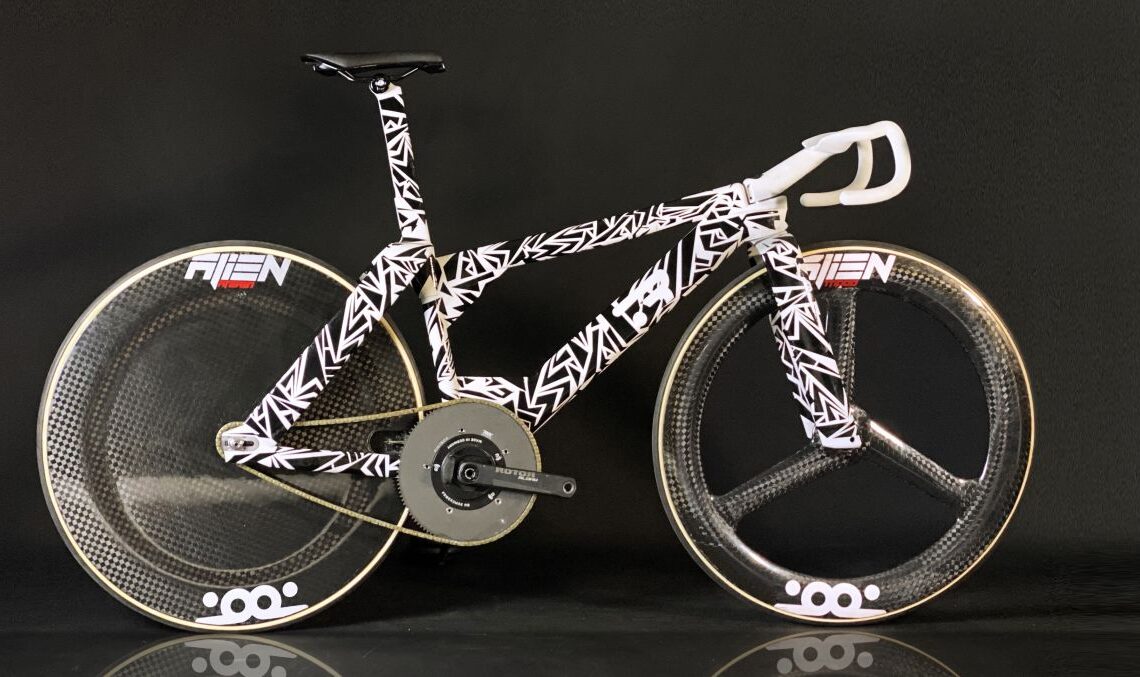A collaboration between a number of Italian companies and the University of Pavia has resulted in the new Toot Racing X23 track bike, which is expected to be used by the Argentinian team at the forthcoming Worlds and Olympics.
While carbon fibre has been the material of choice for track bikes for some years, the new X23 track bike, which will also be used for time trial duties in a different guise, is 3D printed from aerospace grade aluminium alloy in much the same way as the bike used by Filippo Ganna to break the hour record. This allows the bike to be completely tailored around its rider, rather than needing to be adjusted and fitted once made.
The development team says that this in turn lets the bike strike the best balance between aerodynamics and a position riders can actually hold for long enough, something that has been found to be more important than out-and-out aerodynamic efficiency in ensuring that the rider can achieve their optimal performance.
Several firms have collaborated on the new X23 bike, with development claimed to follow the same approach as used in motorsport. It has involved a mix of 3D scans of the rider and bike, aerodynamic simulation on a computer, and wind tunnel testing of the design. Wind tunnel testing uses a 3D printed 1:1 scale prototype made at the 3D printing lab at the University of Pavia, south of Milan, which Toot Racing says takes less than 24 hours.
The engineers at the University of Pavia, who honed the bike’s aerodynamics, point out that the rider must be considered as part of the design to ensure optimal aerodynamics.
Toot Racing says that the airflow over the front of the bike allows the athlete’s body to act as a wing, with the airflow over their chest reducing air pressure and creating a small degree of lift.
It says that the bike’s metal frame ensures excellent handling, stiffness and responsiveness, with the Scalmalloy aluminium alloy used offering a high strength-to-weight ratio, aiming to rival the usual 7000 series alloys used in forged and machined parts for strength.
Other parts are 3D printed in titanium or in steel, including the super-narrow handlebars, or are forged in a different aluminium alloy, with the various components welded or bonded to create the complete frame.
The…
Click Here to Read the Full Original Article at CyclingNews RSS Feed…

